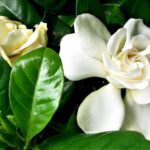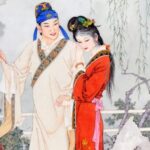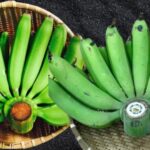The Golden Money Tree, or
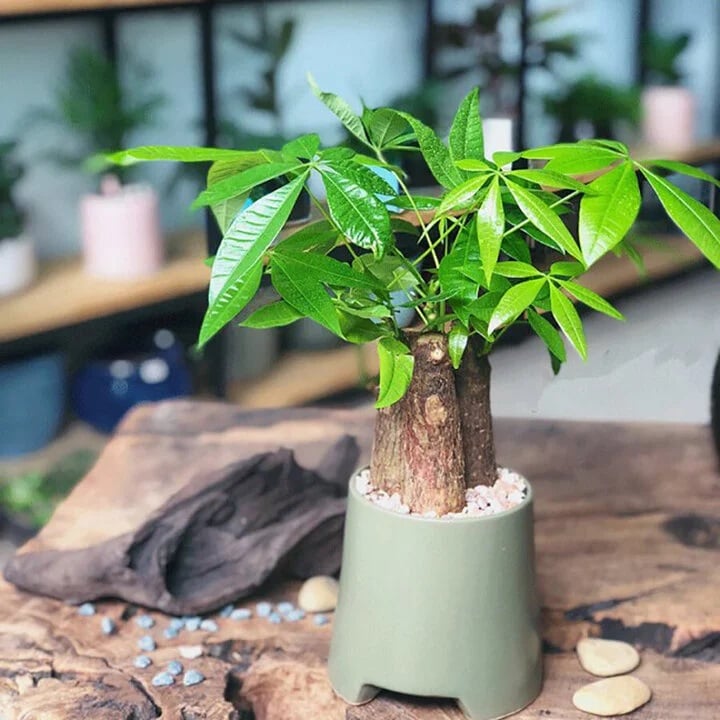
Feng Shui Tips for Golden Money Tree Planting
However, after a while of being favored and grown indoors or in offices, the Golden Money Tree starts to reveal some drawbacks that have made it less appealing to some.
Here are some of the weaknesses that have led many people to refuse to bring this plant into their homes or workplaces:
Low Tolerance for Cold
Native to Mexico, the Golden Money Tree thrives in warm and humid environments and struggles in cold temperatures. During winter, when the temperature drops below 10°C, the plant may experience leaf yellowing and root rot. Many plant enthusiasts only manage to keep their Golden Money Trees alive for one season, as the plants start to wither and weaken with the onset of cold weather, eventually leading to leaf drop and death.
If you’re growing a Golden Money Tree indoors, you may notice its slowed growth during cold weather. However, if it’s kept outdoors, the plant will have a hard time surviving the harsh winter, especially in colder regions.
Requires a Well-Ventilated Environment
One of the most common issues faced by those who grow Golden Money Trees indoors is leaf yellowing and root rot. This is mainly due to the still air and lack of ventilation indoors. When you water the plant, the soil retains moisture for an extended period, and combined with low light conditions, it increases the risk of root rot.
Additionally, since the root system of the Golden Money Tree is quite large, root damage often goes unnoticed until the roots have completely decayed, and only then do signs of leaf drop appear. By this point, the plant is usually beyond rescue.
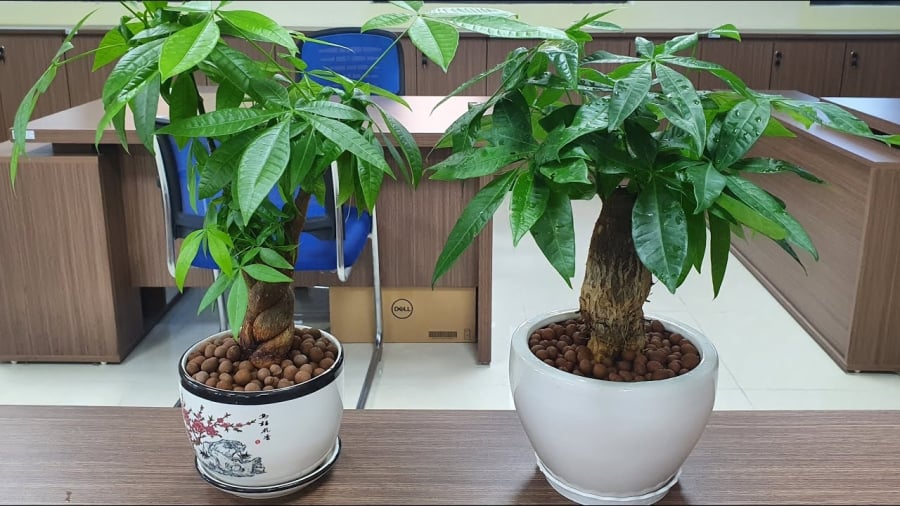
Growing the Golden Money Tree
Potential Allergens
The sap of the Golden Money Tree contains some toxic components, particularly in its bark and leaves. If you come into contact with the sap, you may experience allergic reactions such as skin redness, swelling, itching, and other symptoms. If you are allergy-prone, it is advisable to wear gloves when pruning your Golden Money Tree to avoid direct contact with the sap.
Additionally, families with young children should consider this before bringing the plant into their homes. Children are naturally curious and playful, and if they come into contact with or ingest the leaves, they may suffer from poisoning.
Prone to Monotony
While the Golden Money Tree boasts a wide-spreading canopy and an unusually swollen trunk, it tends to remain unchanged over time, giving a sense of monotony to some. Moreover, as the plant grows rapidly, the branches tend to grow disorderly, losing their aesthetic appeal.
Feng Shui and Compatibility with Zodiac Signs
According to feng shui experts, the Golden Money Tree, being a woody plant with lush green leaves all year round, is classified as a Wood element. In the Five Elements theory, Wood begets Fire, so this plant is considered most compatible with people of the Wood and Fire zodiac signs.
Another perspective suggests that the five-branched leaves of the Golden Money Tree symbolize the balance of the five elements (“Kim – Mộc – Thủy – Hỏa – Thổ”) in the Five Elements theory. Therefore, this plant is believed to be non-conflicting with any zodiac sign.
As a feng shui plant, the Golden Money Tree is considered suitable for most ages. According to feng shui experts, this plant can help temper the character flaws of those born in the years of the Dog, Monkey, and Rat. People of these zodiac signs tend to be sincere and good-natured, but their kindness is often taken advantage of. The Golden Money Tree is believed to bring balance and harmony to their lives, guiding them toward success.
Disclaimer: This information is for reference only.
Title: Unraveling the Ancient Wisdom: “Homes of Pure Yin Miss Out on Marrying Their Daughters, While Houses of Pure Yang Find it Hard to Wed”
The ancient philosophy of yin and yang posits that the very fabric of the universe is woven from the interplay of opposing forces. This cosmic dance of light and dark, of clear and murky energies, gave birth to the very essence of our existence – the heavens above and the earth below. This celestial ballet, a harmonious union of yin and yang in the ether, is the very cradle of creation, bringing forth the myriad wonders of our world.
Is it Advisable to Combine Two Banana Bunches for Ancestor Worship?
The debate surrounding the use of two banana bunches on an altar during rituals is intriguing. Some individuals opt for this practice when a single large bunch is unavailable, while others frown upon it. The question arises: why the discrepancy in opinions? Is there an underlying cultural or spiritual significance that dictates the use of a single bunch, and if so, what are the implications of deviating from this tradition?


























